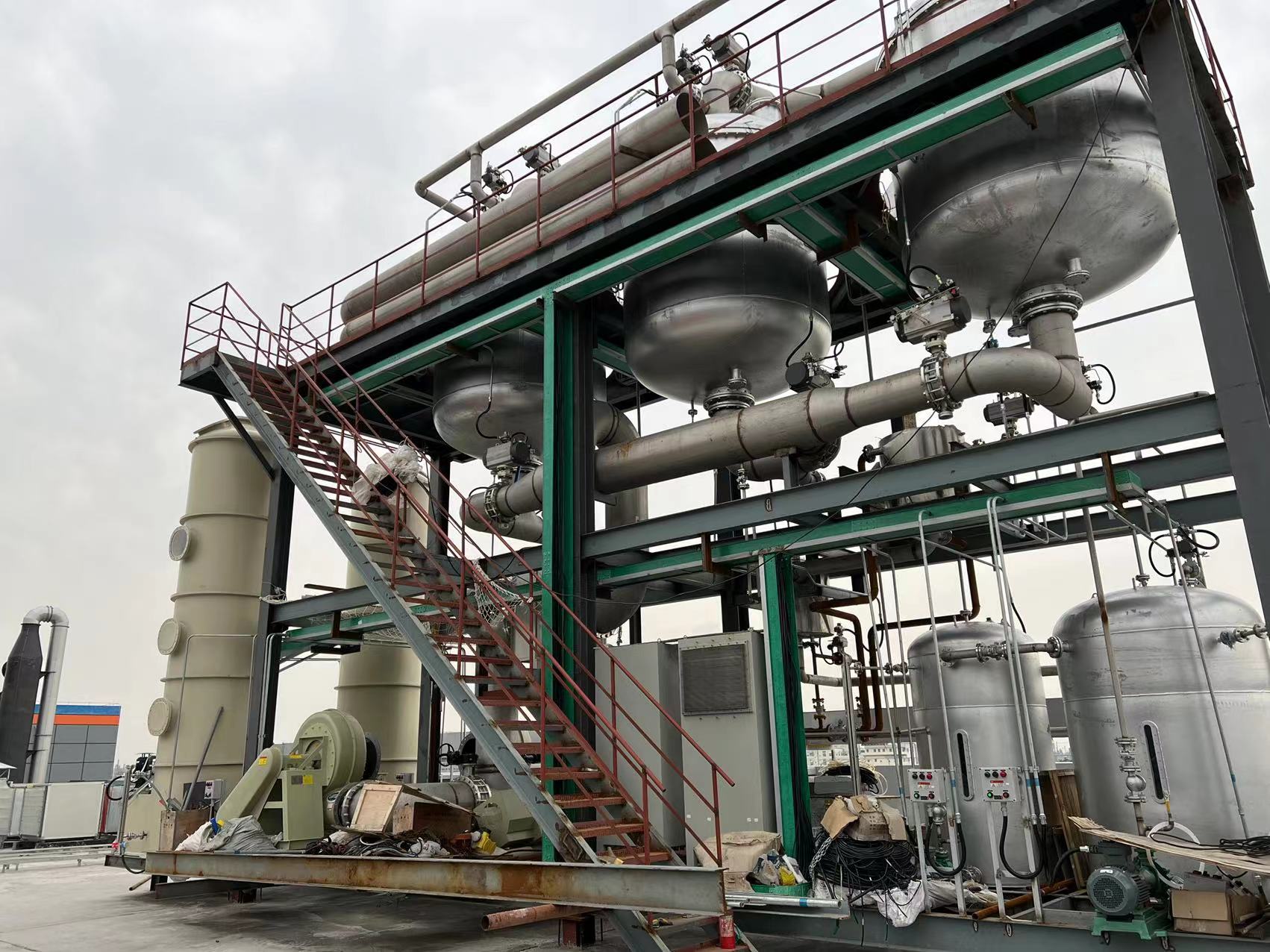
VOCs exhaust gas adsorption is an exothermic process, so the effect of temperature should be considered first when operating. For physical adsorption, low temperature is advantageous, so you always want to do it at low temperature. For chemisorption, increasing the temperature will accelerate the speed of chemical reaction, so it is hoped to appropriately increase the temperature of the system to increase the adsorption speed and adsorption capacity. The second thing to consider is the operating pressure, increase the pressure of the main body of the atmospheric phase, thus increasing the partial pressure of adsorbed material, favorable for adsorption. However, increasing the pressure will not only increase the energy consumption, but also bring special requirements to the adsorption equipment and adsorption operation, so the booster equipment is generally not set up for this purpose.

The velocity of air flow in adsorption operation also has great influence on gas adsorption. The airflow velocity should be kept moderate. If the velocity is too large, it will not only increase the pressure loss, but also make the contact time between gas molecules and adsorbent too short, which is not conducive to gas adsorption, and thus reduce the adsorption efficiency. If the gas flow rate is too low, the equipment will be enlarged. Therefore, the airflow velocity of the adsorber should be controlled within a certain range. Such as through the fixed bed adsorption gas velocity should be controlled in the range of 0. 2 ~ 0. 6m/s, adsorption industry standards are also so required. What important points should be considered in the design of adsorbers?

In order to carry out effective adsorption, the design of the VOCs waste gas absorber should meet the following basic requirements:
(1) To have enough VOCs waste gas flow area and residence time, they are functions of the size of the adsorbent;
(2) To ensure that the VOCs exhaust gas flow distribution is uniform, so that all the exhaust section can be fully utilized;
(3) For other substances that affect the adsorption process, such as dust and water vapor, a treatment device should be set up to remove the impurities in the inlet VOCs waste gas that can pollute the adsorbent;
(4) Other more economical and effective processes are used to remove some components in the inlet VOCs gas in advance to reduce the load of the adsorption system. This is mainly for gases with higher concentrations of pollutants;
(5) To be able to effectively control and adjust the adsorption operating temperature;
It is easy to replace adsorbent such as activated carbon.
Online ConsultQQ

E-mail:
info@ssecn.com